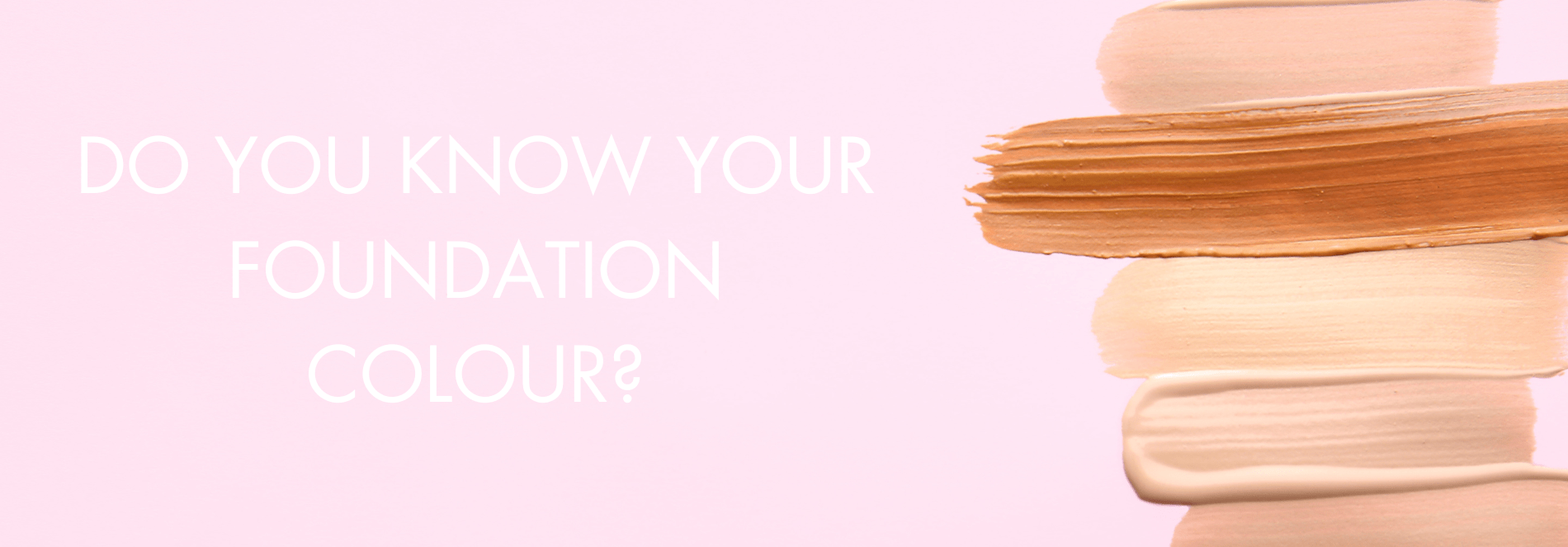Why Cosmetics Brands have a Responsibility to get Sun Smart
It holds us together, protects our organs, muscles and bones, acts as a barrier to infection and bacteria, shelters us from the harsh environment and external threats and allows us to have a sense of touch. So why is it that so many of us neglect to properly look after our skin not only in summer but all year round? As the largest and one of the most complex organs in our bodies, skincare brands have a responsibility to educate consumers about the importance of protecting it from the sun.
Increasing awareness of the risk of excessive UV exposure has encouraged more and more consumers to incorporate sun protection into their skincare regime by using multifunctional products, e.g. BB creams containing SPF. However, not all consumers realise the importance of protection as the global incidence of melanoma continues to increase (1). This is partially a result of environmental and lifestyle factors, nevertheless, a greater effort from brands is needed to raise awareness and provide the necessary advice and protection. Incorporating SPF into products is progress but even with this protection, did you know that the EU recommendation is to apply at least one golf ball size of sun cream per application?
Many brands already acknowledge that they have a responsibility to help consumers understand the dangers of UV exposure and are embracing the role of educators but are they adequately conveying the facts to consumers? Are brands being explicit enough in making the consumer aware of the potential risks they are exposed to on a daily basis?
There are several misconceptions around sun care, for example, that darker-skinned individuals do not need to apply sun cream or that you can’t get burnt on a cloudy day. These are the kind of myths that need to be dispelled and cosmetics brands have the power to do so.
Although it is not a title that they are proud to have, Australia and New Zealand are the undisputed world champions of skin cancer. It is thought that this is due to a combination of the depletion of the ozone layer, the genetic makeup of residents (largely descended from Brits) and their outdoor lifestyle. But with 90% of melanoma skin cancers being preventable by reducing exposure to ultraviolet radiation that causes harm (2), there is really no excuse for not protecting yourself.
Australia and New Zealand’s governments and health services are making huge efforts to raise awareness nationwide with campaigns, detailed advice on how to be “Sun Smart”, catchy songs, mobile apps to track local UV indices, extensive research and much more but it is important that the brands who sell the products continue to spread the message directly to consumers. Check out Nivea Australia’s Take Care Out There campaign, which cleverly utilised UV lenses and video to show consumers the “inside” of their skin.
Where such campaigns are not accessible to a brand, there are plenty of other tools which can be offered to consumers to educate and prevent damage, whilst championing a product. For example, attaching a small UV-sensitive patch to bottles of sunscreen, which changes colour under different levels of UV intensity, alerting the consumer as to when they need to re-apply sunscreen.
Check out our Sun Care Technologies

USP Solutions’ range of sun care tools visually demonstrates the damage the skin suffers under excessive UV exposure and how effectively sun care products can prevent this from happening. Benefits for the brand of implementing such tools include proof of product claim in a with-versus-without product demonstration, increased sales as the consumer realizes the importance of protection and the efficacy of the product, and consumer loyalty as they appreciate the knowledge you have given them. Furthermore, the consumer benefits by using the appropriate product for their skin increased protection from the sun and comfort in the knowledge they have gained from a brand they can trust.
Sun cream products are cosmetic products (3), and labels and claims should provide sufficient information to help consumers choose the appropriate product and apply it correctly.
For more information on spending time in the sun safely, visit the World Health Organisation’s advice on sun protection here: https://www.who.int/uv/sun_protection/en/
Sources
World Health Organisation (2019) https://www.who.int/uv/faq/skincancer/en/index1.html
Health Promotion Agency (2018) https://www.hpa.org.nz/campaign/dumbburn
European Commission (2018) https://ec.europa.eu/growth/sectors/cosmetics/products/sunscreen_en





